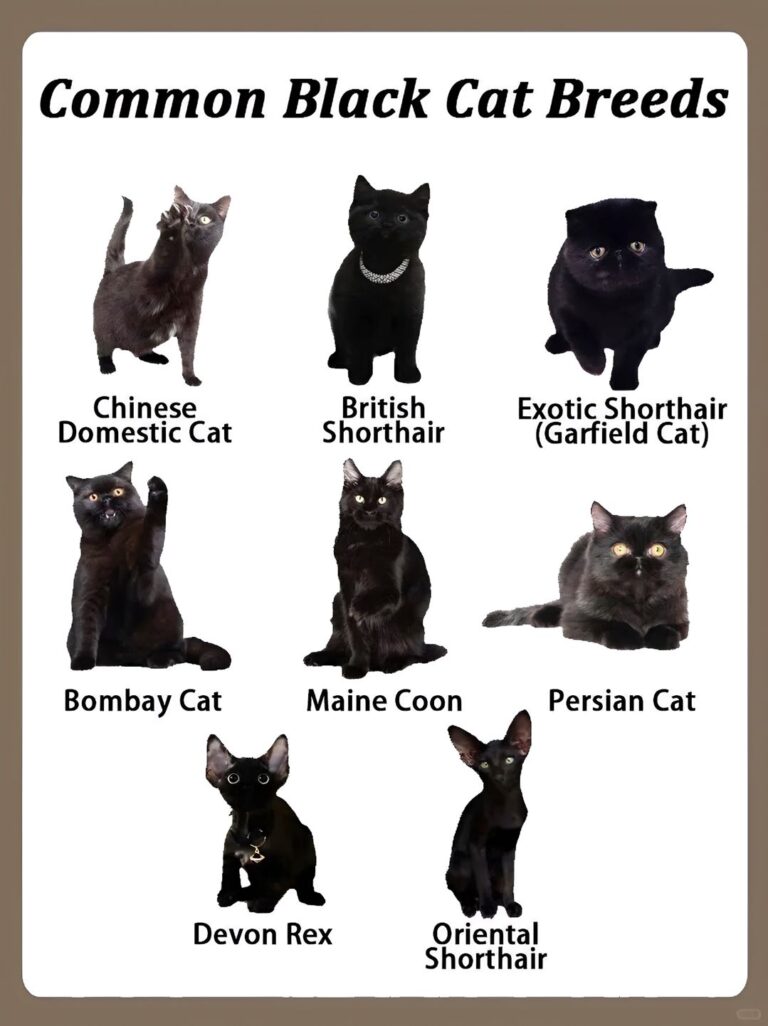
How Old Is Your Cat? A Guide to Estimating Age by Their Teeth
Introduction
In the world of feline companionship, understanding your cat’s age can be a mysterious endeavor. Unlike dogs, cats often exhibit fewer outward signs of aging, making it challenging for pet owners to determine their exact age. However, there’s a secret tool that veterinarians and experienced cat owners use to unlock this mystery: a cat’s teeth. By examining the development and condition of a cat’s teeth, you can gain valuable insights into their age and health. In this article, we’ll guide you through the fascinating process of determining a cat’s age by its teeth, from kittenhood to the golden years.

The Early Days: 14 Days to 3 Weeks
In the first few weeks of a kitten’s life, their tiny mouths begin to reveal the first clues of their age. At around 14 days old, kittens start to develop their baby teeth, also known as deciduous teeth. By 2 to 3 weeks, these sharp little teeth become more prominent, signaling the beginning of their journey into the world of solid food and playful exploration.
Kittenhood: 4 to 8 Weeks
As kittens grow, so do their dental features. Between 4 to 8 weeks, all 26 of their baby teeth typically emerge. This stage is crucial for socialization and learning, as kittens use their teeth not only for eating but also for exploring their environment and interacting with their littermates.
The Transition Period: 2 to 4 Months
Around 2 to 4 months of age, kittens begin to lose their baby teeth as their permanent adult teeth start to push through. This transitional phase can be likened to a human child’s teething period, with similar discomfort and the need for appropriate chew toys to ease the process.

Adolescence: 5 to 6 Months
By the time a kitten reaches 5 to 6 months old, most of their adult teeth have emerged. A full set of adult teeth consists of 30 teeth, including incisors, canines, premolars, and molars. This stage marks the end of kittenhood and the beginning of adolescence as they continue to grow and mature.
Adulthood: 6 Months and Older
Once a cat reaches 6 months and older, determining their age by teeth becomes more challenging. However, veterinarians can still estimate age by assessing the wear and tartar buildup on the teeth. Regular dental care is essential during this stage to maintain oral health and prevent issues that could arise as they age.
Senior Years: 1 Year and Older
As cats enter their senior years, typically around 7 years and older, dental health becomes increasingly important. Signs of aging in a cat’s teeth may include increased tartar buildup, gum recession, and tooth wear. Regular veterinary check-ups are crucial to monitor dental health and overall well-being.

Conclusion
Understanding your cat’s age through their teeth is an invaluable skill for any cat owner. It not only helps you provide appropriate care tailored to their life stage but also strengthens the bond you share with your feline friend. By paying attention to these dental milestones, you can ensure your cat enjoys a long, healthy, and happy life by your side.
Whether you’re a new cat parent or an experienced feline enthusiast, unlocking the secrets of your cat’s age through their teeth is a journey worth embarking on. So next time your furry companion flashes a toothy grin, you’ll know exactly what those pearly whites are telling you about their age and health.






